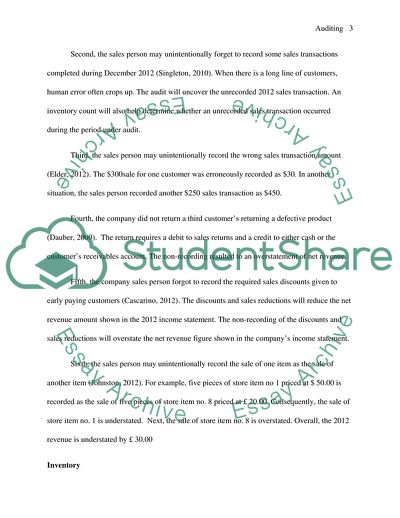Cite this document
(Auditing of Havelock Europa Plc Essay Example | Topics and Well Written Essays - 2000 words - 6, n.d.)
Auditing of Havelock Europa Plc Essay Example | Topics and Well Written Essays - 2000 words - 6. https://studentshare.org/finance-accounting/1817784-auditing
Auditing of Havelock Europa Plc Essay Example | Topics and Well Written Essays - 2000 words - 6. https://studentshare.org/finance-accounting/1817784-auditing
(Auditing of Havelock Europa Plc Essay Example | Topics and Well Written Essays - 2000 Words - 6)
Auditing of Havelock Europa Plc Essay Example | Topics and Well Written Essays - 2000 Words - 6. https://studentshare.org/finance-accounting/1817784-auditing.
Auditing of Havelock Europa Plc Essay Example | Topics and Well Written Essays - 2000 Words - 6. https://studentshare.org/finance-accounting/1817784-auditing.
“Auditing of Havelock Europa Plc Essay Example | Topics and Well Written Essays - 2000 Words - 6”. https://studentshare.org/finance-accounting/1817784-auditing.


